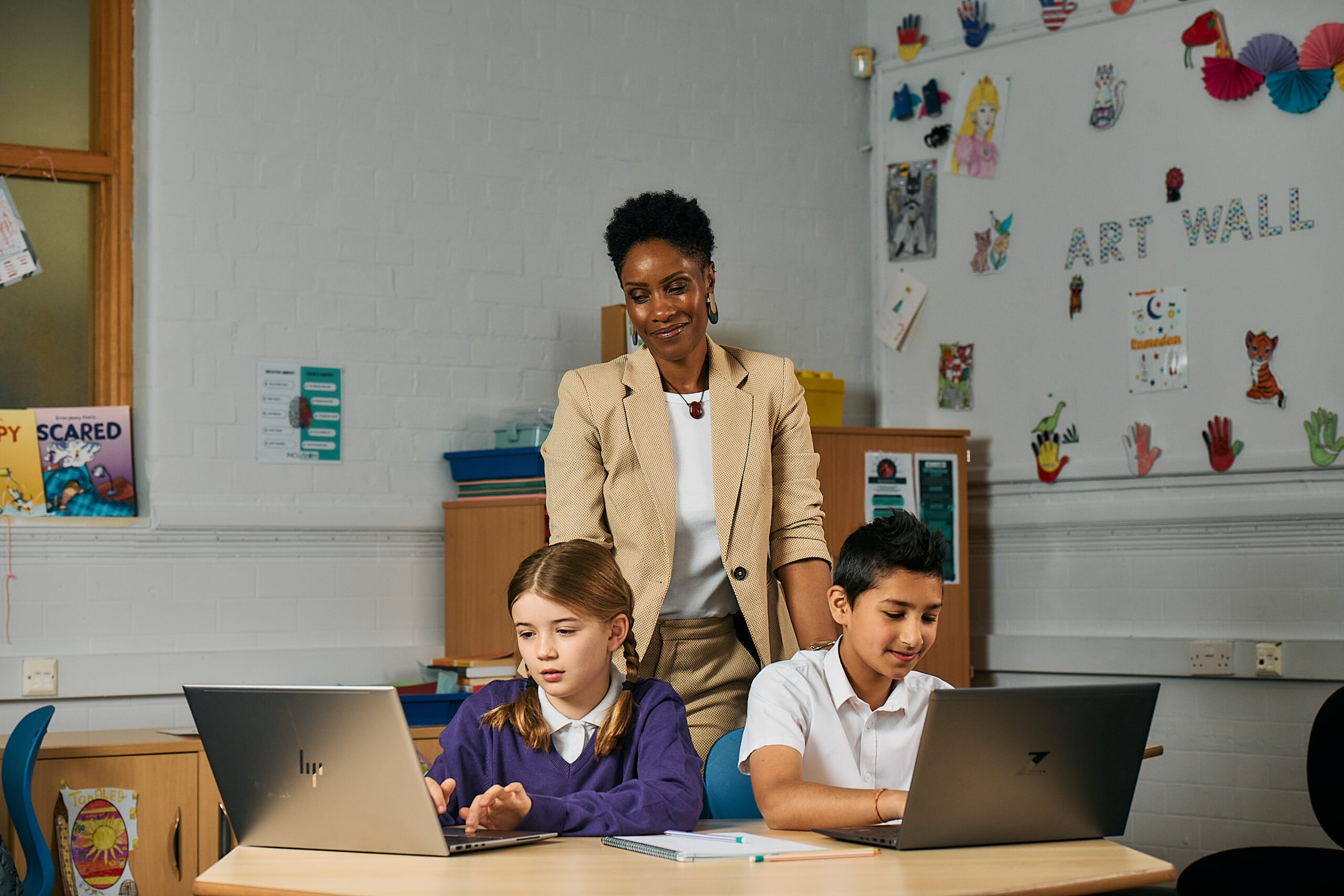Building the right foundations: What effective AP for Key Stage 2 looks like

Alternative Provision is a well-established part of the education landscape, but when it comes to supporting Key Stage 2 pupils, it remains a topic that provokes debate, concern, and curiosity. What does an effective primary AP really look like? How do we ensure it supports long-term success, not just short-term containment? And perhaps most importantly: how do we guarantee it works for the child?
Drawing on current research and years of frontline practice, I have compiled some key guidance to offer a vision for what truly effective AP at KS2 can and should be.
The case for early intervention
We know from experience (and evidence) that when primary-aged pupils access high-quality AP early, the results can be transformational. The Department for Education’s 2022 study, Alternative provision for primary-age pupils in England: a long-term ‘destination’ or a ‘temporary solution?’ found that the younger pupils are when they attend AP, the more likely they are to return successfully to mainstream education.
This highlights a vital point: AP at primary should never be a final destination. When mobilised with the right intent, it becomes a powerful early intervention—a stepping stone to full inclusion. Yet for this to happen, our sector must treat early AP as an opportunity to build emotional, social, and academic foundations.
Moreover, early intervention through AP has been shown to be cost-effective. A report found that early AP, such as the Promoting Alternative Thinking Strategies (PATHS) programme, can significantly improve behaviour and reduce exclusions, offering better outcomes at lower long-term cost than later interventions. It’s not only a moral imperative but also a financially sound one.
Challenging misconceptions around Primary AP
Despite promising research, primary AP is still too often misunderstood. There is a lingering perception that AP is only a last resort, usually linked to extreme behaviour or unmet SEMH needs. Indeed, referrals are frequently associated with such challenges. But when we look only through the lens of behaviour, we risk missing the whole picture.
Children may struggle in mainstream classrooms for many reasons, be it trauma, learning needs, neurodivergence, anxiety, or unmet attachment needs. AP can offer a flexible space where these challenges are understood and learning can be reconnected with joy.
However, success must be measured on more than attainment alone. Soft data, such as attendance, engagement, participation, and emotional wellbeing, gives us far richer insight into whether we are helping children move forward.
A study published in the Cambridge Journal of Education found that the long-term outcomes of pupils who have attended Alternative Provision vary widely across different settings. In some cases, over 40% of these former AP pupils were still engaged in stable education or employment three years after leaving. This highlights the importance of designing AP programmes with high expectations and a clear focus on supporting pupils’ reintegration into mainstream education or transition into meaningful work.

What does outstanding KS2 AP look like?
At its best, AP offers structure without rigidity, high expectations with emotional attunement, and the chance for pupils to find their voice. From our work across diverse settings, we’ve identified several key ingredients:
Strong, supportive relationships
Every child needs to feel seen, heard, and understood. As the EEF notes in Improving Behaviour in Schools, a trusted adult relationship can be transformative. But we must also be clear about what ‘supportive’ really means. High-quality continuing professional development (CPD) for staff is essential to ensure this support builds independence, not dependence.
Clear purpose and goals
Whether a child is in AP for two weeks or two terms, the experience should be purposeful. Schools must ask: What’s the long-term goal for this child? How are we measuring progress? And crucially, how do we make reintegration feel possible for the pupil, the parents, and the school?
Integrated academic and pastoral learning
At KS2, learning should never be separated from the child’s wider development. That’s why our Academy21 Key Stage 2 curriculum combines core subjects with targeted social and emotional skills:
- Reading and Wellbeing: using texts to spark discussion, build reflection, and explore values.
- Writing and PSHE: building literacy alongside oracy, confidence, and interpersonal skills.
- Maths and Social Skills: combining movement, play, and collaboration to embed key numeracy and peer interaction.
These pairings are designed to develop the whole child, not just their test scores.
Flexibility and consistency
The best AP is adaptable to each child’s context, but underpinned by consistent routines, trusted adults, and high expectations. Whether delivered online, onsite, or via a hybrid model, AP should offer a rhythm that children can rely on.
Strong safeguarding and supervision
Safeguarding is paramount for pupils who may be vulnerable or have special educational needs. A safe AP offer includes well-trained staff, consistent oversight, clear routes for pupils to ask for help, and ongoing communication with commissioning schools and families.
What should schools consider when commissioning KS2 AP?
If you’re a school leader or SENCO looking to support a KS2 pupil through AP, here are some key questions to guide your approach:
- What is your vision for this child’s future, and how will your chosen AP provider help achieve it?
- Are you viewing AP as an intervention, not an endpoint? How is this reflected in your staff training, language, and reintegration planning?
- Are you choosing a provider that aligns with your values? For instance, is the AP DfE-accredited, with qualified teachers, a track record of success, and a clear safeguarding framework?
- How will you maintain connection with the pupil during their time in AP, and how will you measure impact – academically, in terms of attendance, confidence, and wellbeing?
- Are parents involved as partners? Often, they hold key insights—and their emotional experience of the AP process matters too.
Inclusive-by-design in practice
We believe that what’s essential for a few should be beneficial for all. That’s why our KS2 AP curriculum is built around inclusive teaching strategies: modelling, scaffolding, small-step targets, co-regulation, and opportunities for peer interaction.
And while our offer is distinct from a full online school experience like our sister school King’s InterHigh delivers, it draws inspiration from that model using established routines, specialist teaching, and strong pupil relationships to offer meaningful learning, even during short placements.
Our lessons are scheduled at set times each day to help pupils and schools create a stable, part-time timetable. The curriculum is ambitious yet foundational, designed to deliver value even in brief interventions, while preparing pupils for successful reintegration into their next phase.
Building a solid foundation
There’s no one right approach to AP, and that’s especially true at Key Stage 2. But we know this: when delivered with compassion, clarity, and commitment to reintegration, AP can give young children the reset they need to thrive.
If we’re serious about inclusion, we must be equally serious about quality AP. It’s time to stop seeing it as a sign of failure and start seeing it as an act of responsive, research-informed care.
If you’re interested in learning more about how our provision can support your pupils, whether online, onsite, or through a flexible hybrid model, please get in touch. Collaboration is essential in helping every child overcome barriers and fully embrace these formative years of growth and learning.
To find out more about our Key Stage 2 curriculum, visit our Primary page.



